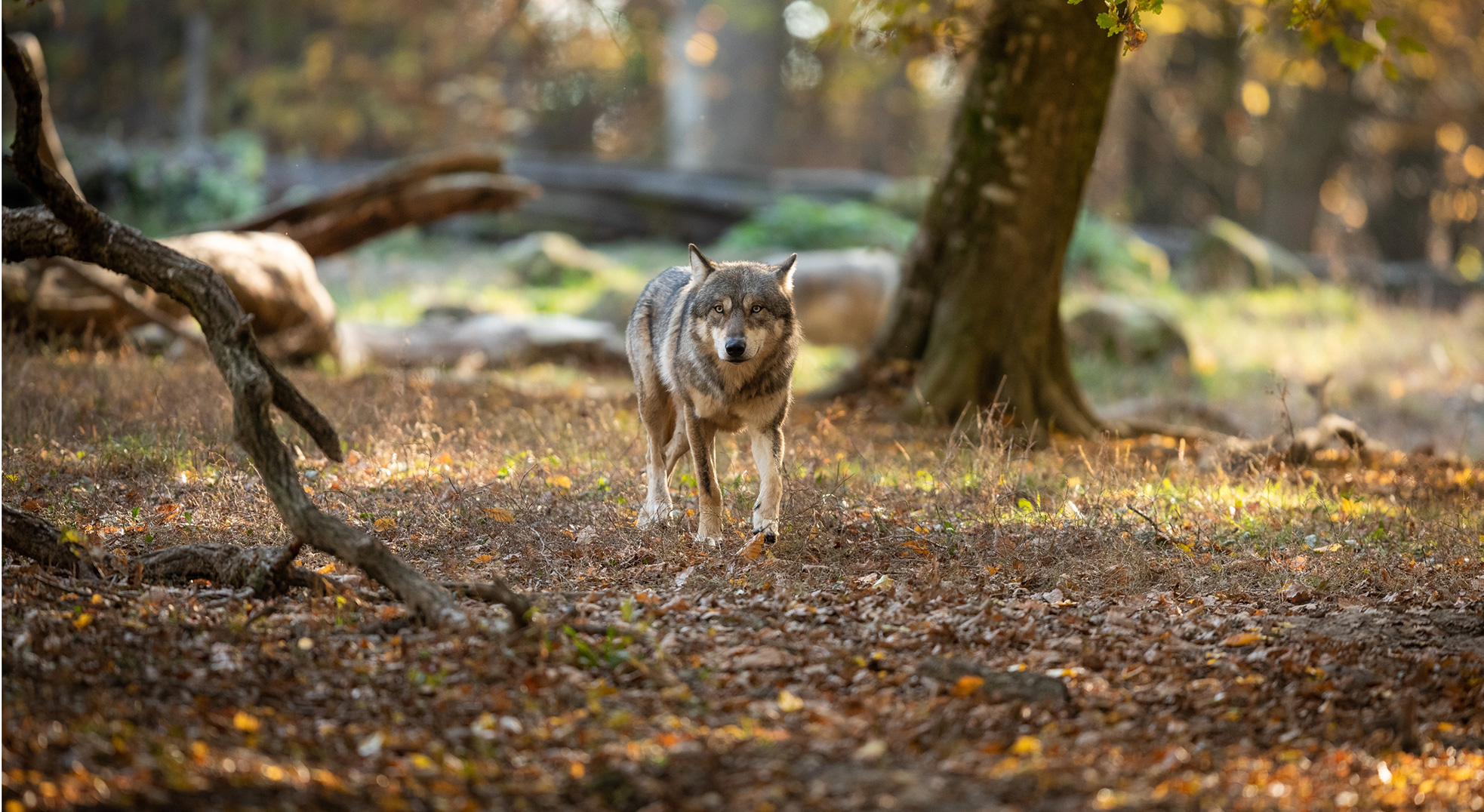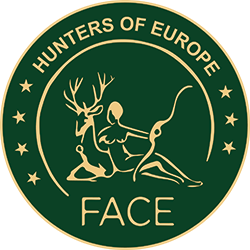
18 Jul 2025 Wolf downlisting: How will changes be implemented across Member States?
Since 14 July 2025, the EU has officially adopted the downlisting of the wolf. As a result, the wolf will be classified as a “protected” species across Europe, rather than a mix of “strictly protected” and “protected”. The situation is less complex now, but still far from simple. So, what happens next?
Understanding the change in protection: The wolf has now moved to Annex V (protected species), which gives Member States more flexibility in managing wolf populations, especially where coexistence with livestock and human activity is under pressure. Previously, the wolf was listed in Annex IV (strictly protected) in many parts of the EU.
This is similar to the change under the Bern Convention that took place in December 2024, when the wolf was moved from Appendix II (‘Strictly protected fauna species’) to Appendix III (‘Protected fauna species’). As a result, the situation is now far more consistent across Europe, at least regarding legal frameworks.
From EU Law to National Action: The Implementation Process:
1. Entry into force on 14 July 2025: So, it is now legally binding across all 27 EU countries.
2. Transposition Deadline (18 months): This involves amending wildlife protection laws and potentially redefining enforcement roles.
3. Legal & Administrative Transposition: Governments must review existing species protection measures for the wolf, draft new legislation, conduct consultations, and secure national legislative approval.
4. Practical Implementation: The implementation of the change will not be uniform at national level. On-the-ground changes may include:
- New guidelines for livestock protection and damage compensation
- Permissions for selective culling
- Regional wolf management plans
- Training hunters, enforcement officers and wildlife management personnel.
- Effective implementation depends on clear rules, funding, and cooperation between national and local authorities. Conservation and co-existence measures are still necessary.
5. Notification to the European Commission: Once the laws are enacted, countries must inform the European Commission, which will evaluate compliance.
6. Monitoring and Evaluation: Success will depend on population monitoring to ensure conservation of the wolf in the long term. The European Commission will likely review how the new flexibility is used, balancing conservation with socioeconomic realities.
Balancing Nature and People: The downlisting attempts to address a complex reality: the wolf is both a symbol of wild European nature and a source of real concern for many rural communities. Its implementation will require not only legislative change, but also active dialogue between conservationists, farmers, hunters, and policymakers.
Ultimately, how each country implements the change will shape the future of wolf conservation—and the broader relationship between people and wildlife in the EU.
Key Takeaways:
- The downlisting entered into force on 14 July 2025 and must be transposed into national law within the next 18 months.
- Implementation varies by country, reflecting the unique political, ecological, and cultural contexts.
- Successful application depends on legal clarity, ecological monitoring, and stakeholder engagement.

